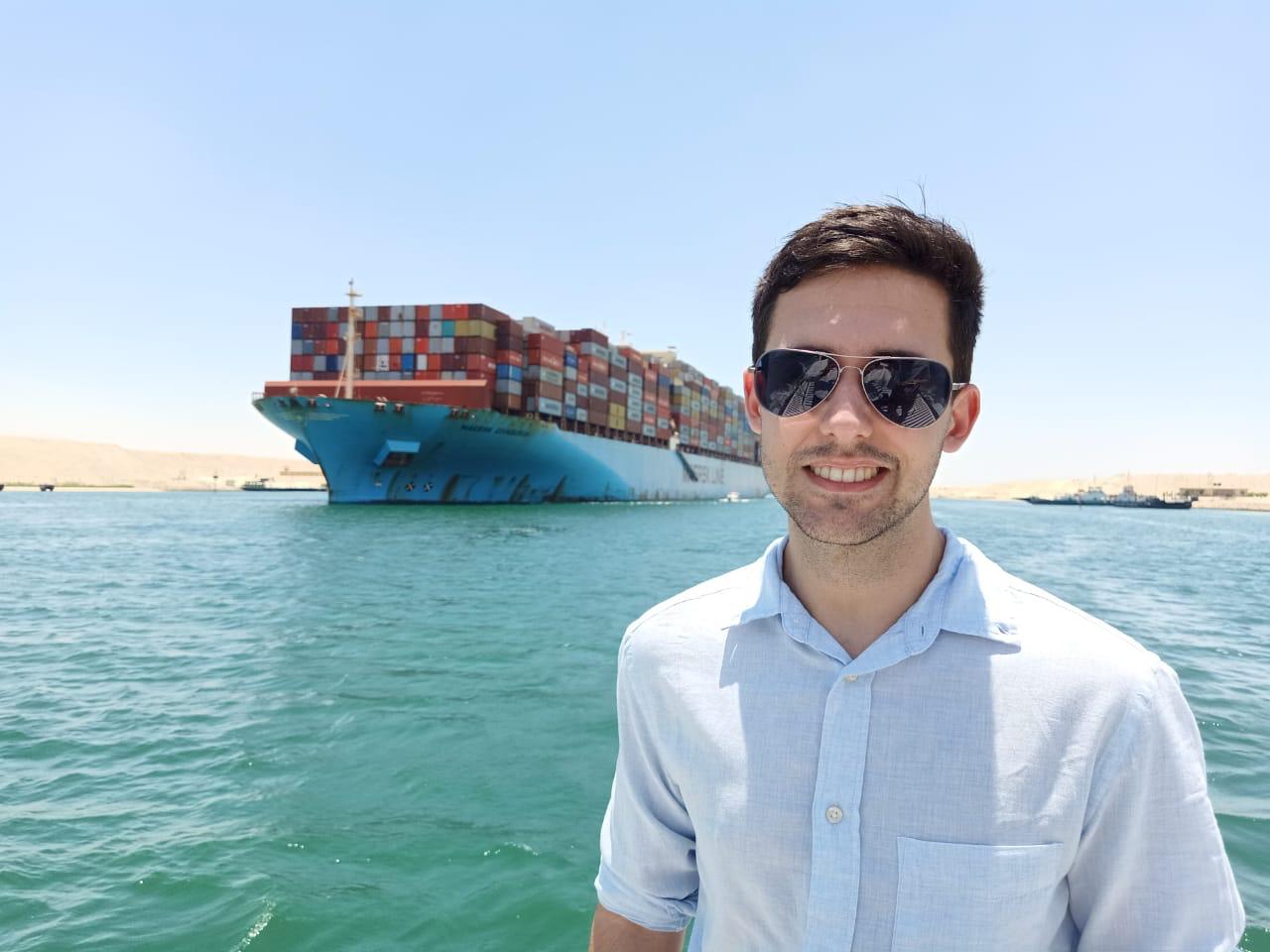Investigating roughness effects on ship resistance in shallow waters
Published in Ocean Engineering, 2023
Recommended citation: Song, S., Terziev, M., Tezdogan, T., De Marco Muscat-Fenech, C., Incecik, I., Investigating roughness effects on ship resistance in shallow waters, Ocean Engineering. https://doi.org/
Abstract
Shallow waters influence the behaviour and performance of a vessel by modifying the local pressure distribution, wave making, and boundary layer thickness. The boundary layer thickness is also influenced by surface roughness. No previous studies have investigated the combined effects of shallow water contributions and roughness on ship resistance. This study aims to fill this knowledge gap in the literature by using Unsteady Reynolds Averaged Navier-Stokes modelling. Results show that the total resistance coefficient increases between approximately 22% and 36% in the presence of roughness depending on the speed and depth-to-draft ratio. The numerical model used shows that pressure resistance grows at a faster pace than frictional resistance and increases its relative contribution to the total when roughness is applied, contrary to deep water cases.
Highlights
- Smooth and rough ship surface conditions are investigated in confined waters
- Significant influences to ship resistance are found
- Sinkage is independent of the roughness condition in confined waters
- Trim varies considerably due to roughness
